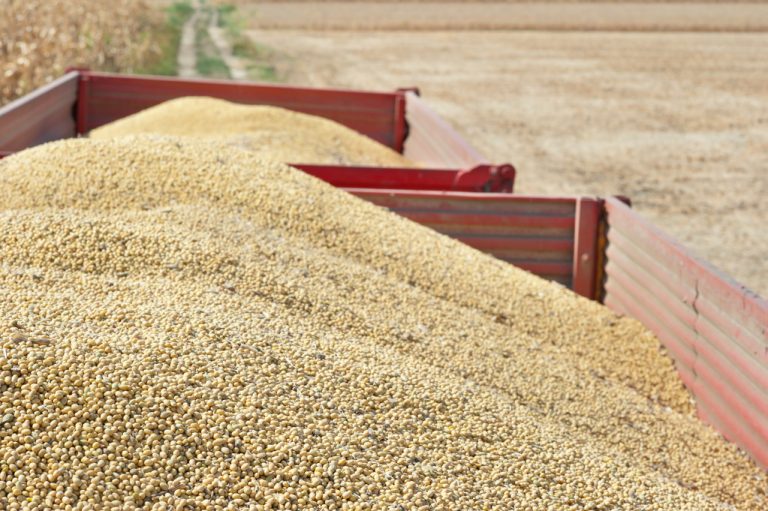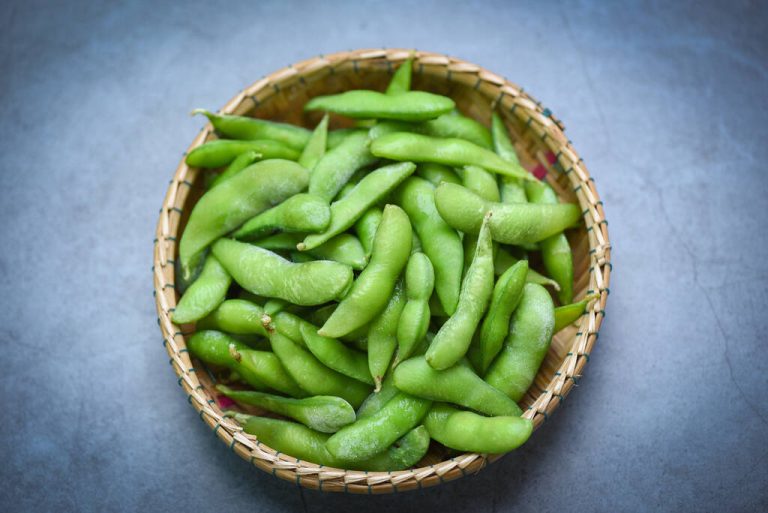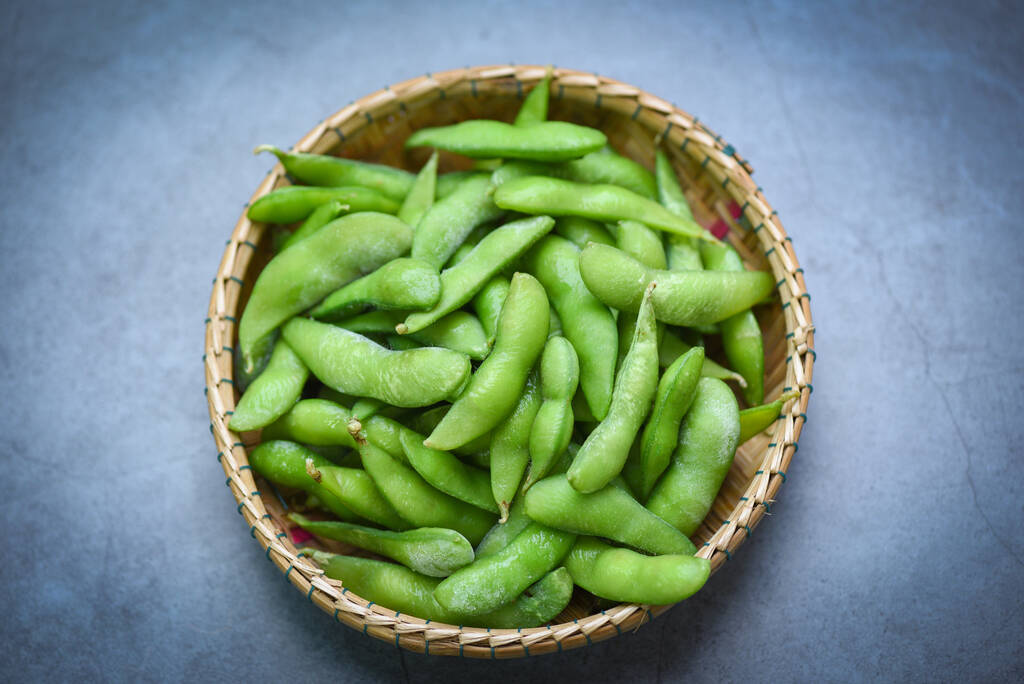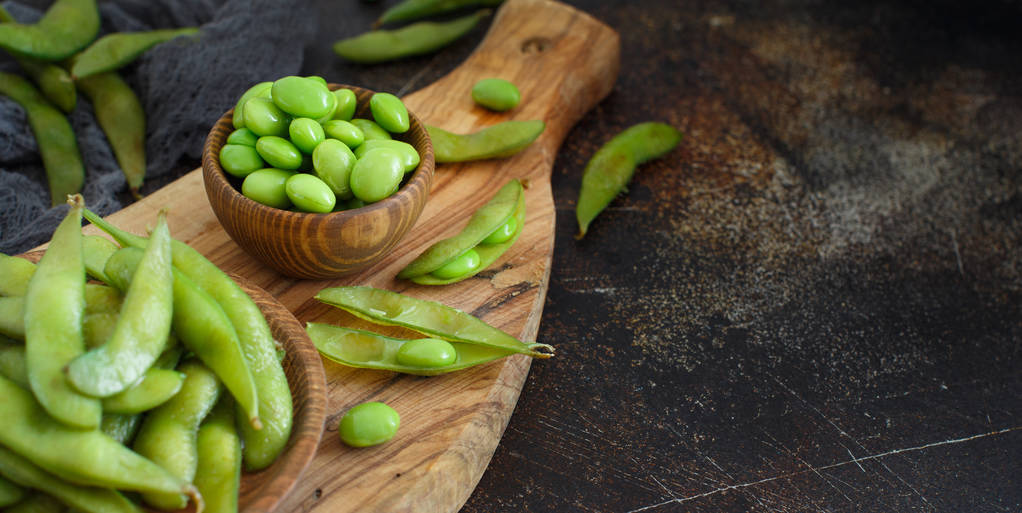Soy as a food is diverse, and its impact on health is controversial. Cultivating soybeans for feed or fuel is definitely bad.
Soybeans are black-brown to light yellow legumes. As a cultivated plant, the Glycine max bean is derived from a wild form that was probably first cultivated in China. There they have been known for thousands of years as a frugal crop. Soy products have traditionally been widespread in China and Japan for a long time. But they are also becoming increasingly popular with us.
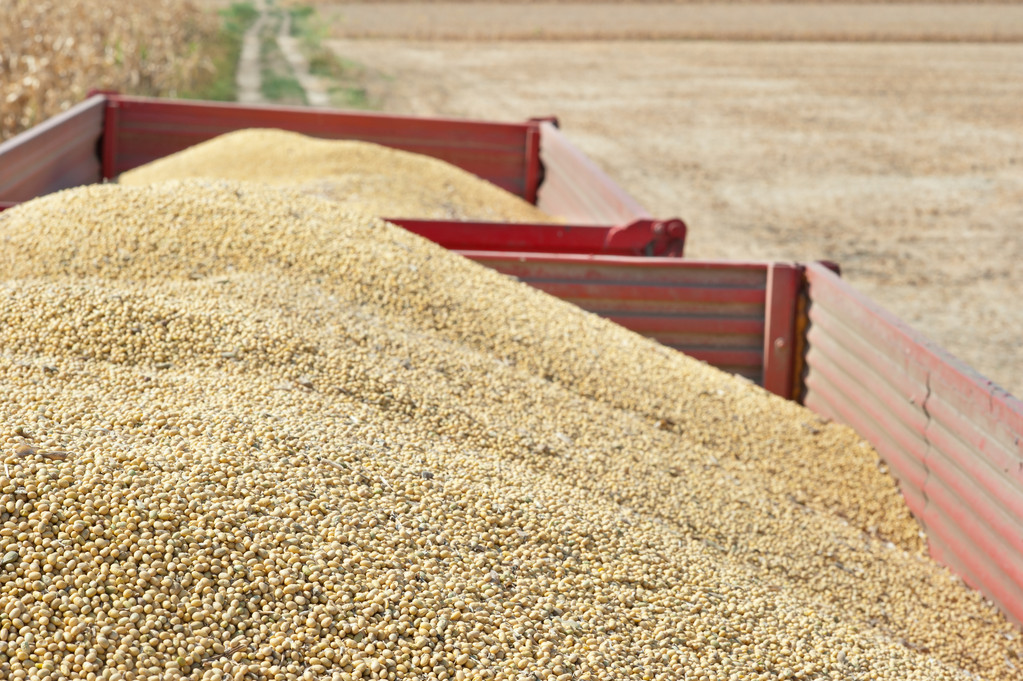
What makes soy and soybeans popular
As a crop, soybeans are particularly interesting because of their high protein content, up to 40 percent depending on the variety! In addition, soy has an oil content that is unusual for beans; depending on the region and climate up to 19 percent.
With over 80 percent unsaturated fatty acids, soybean oil is considered very healthy. In addition, there is a relatively large amount of omega-3 fatty acids, plenty of vitamin E and natural lecithin.
Not only vegetarians and vegans appreciate the wide range of soy food as a vegetable protein source. Soy milk also serves as a substitute for people who cannot tolerate cow’s milk. Soy is often touted as a preventative for allergy sufferers and as an infant formula. Certain secondary plant substances from the soybean, including the phytohormone isoflavone, are even said to have healing effects.
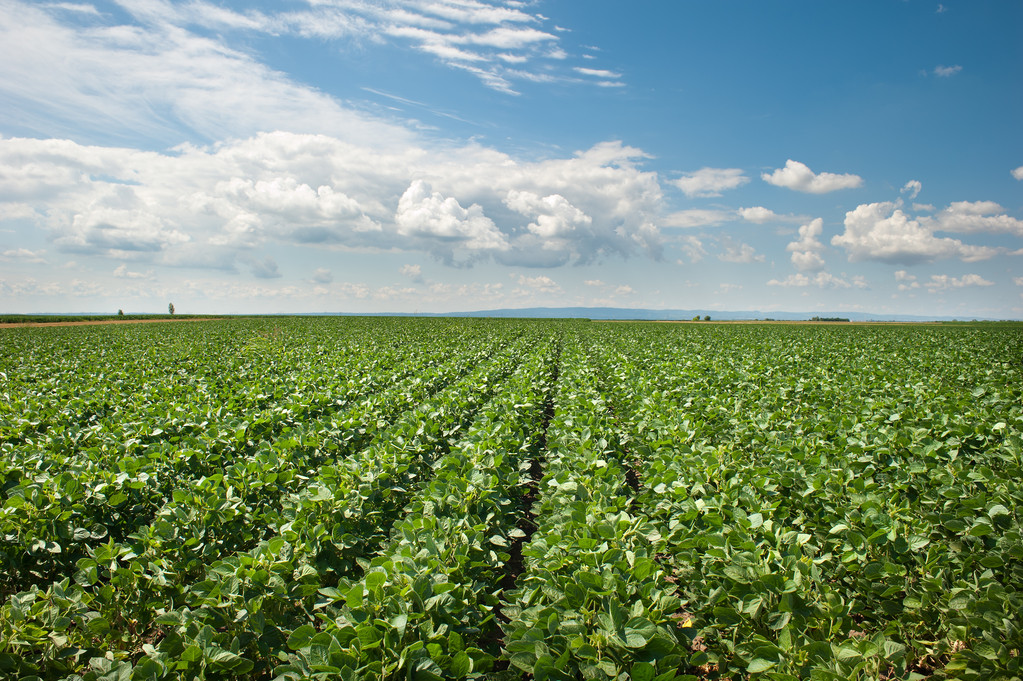
Soy also has a downside
Soy can be a regular part of a healthy diet, as proven not least by the Asian food culture. However, scientists warn against promises of healing in connection with soy. For example, allergies to soy protein are relatively common – although not as common as to cow’s milk protein. So far there is no scientifically reliable evidence for the sometimes claimed effectiveness of soy isoflavones against menopausal symptoms and as protection against cancer.
The Federal Office for Risk Assessment (BfR) advises against using soy as a milk substitute for infants – partly because the hormone-like effect of isoflavones is unclear.

